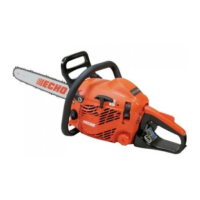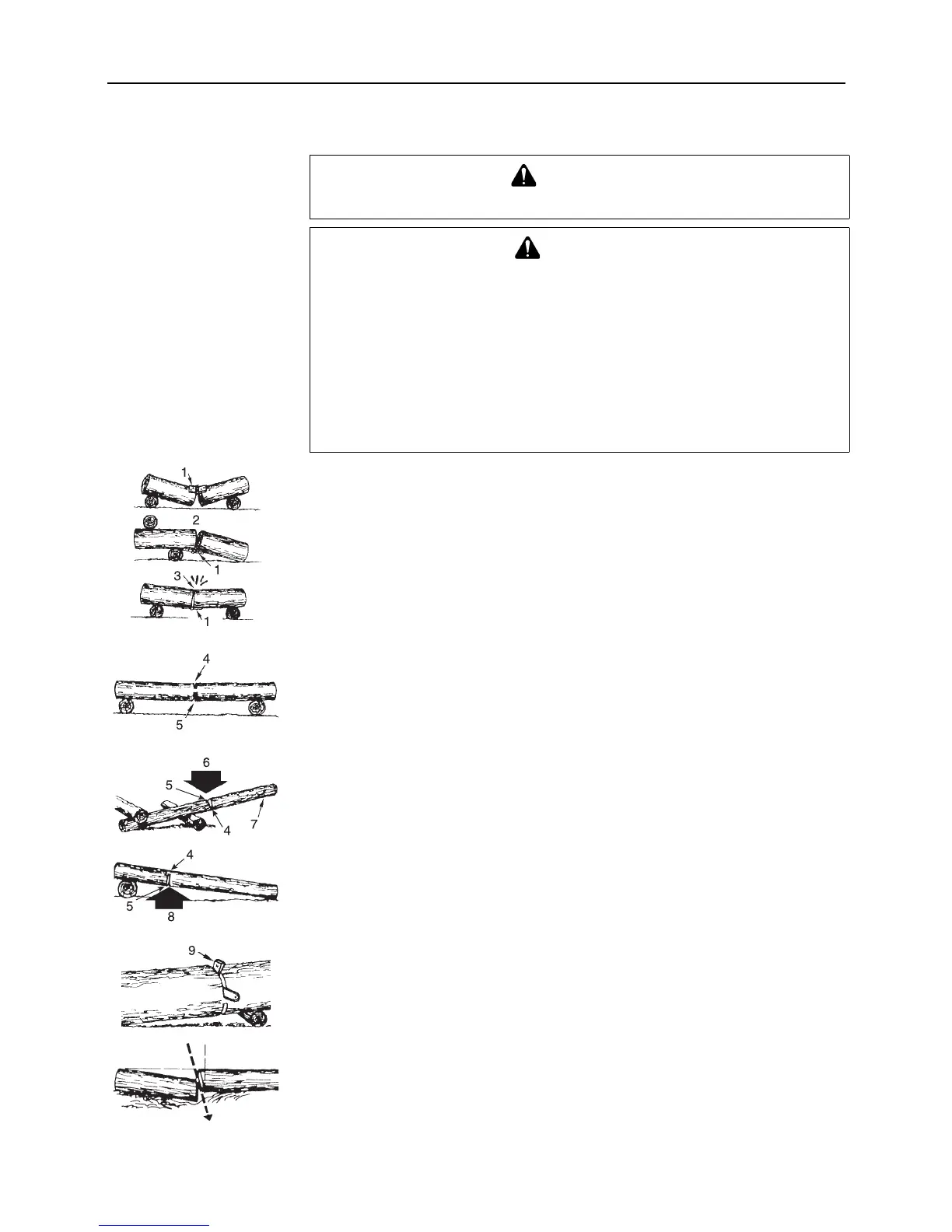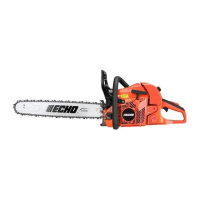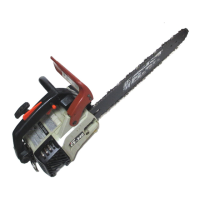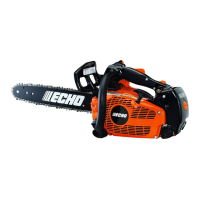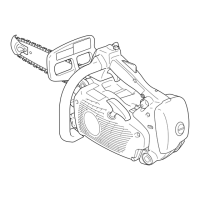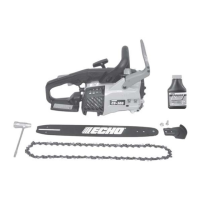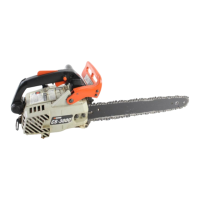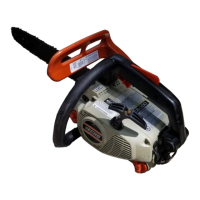22
Tension and compression in timber
1. Hinge
2. Opened
3. Closed
A length of timber lying on the ground will be subject to tension and compression, depending
at which points the major support is.
When timber is supported at its ends the compression side is at the top and the tension side
is at the bottom.
To cut between these support points, make the first cut downwards approximately 1/3rd the
timber diameter.
The second cut is made upwards and should meet the first cut.
Heavy stress
4. 1/3 diameter. To avoid split.
5. Weakening cut to finish.
When the timber is supported at one end only, make the first cut upwards approximately 1/3rd
the timber diameter.
The second cut is made downwards and should meet the first cut.
Overbuck
6. Down
7. Unsupported end
Underbuck
8. Up
9. Wedge
Make angled cut when one section may settle against the other.
WARNING
Never use throttle latch for cutting jobs.
CAUTION
If you have misjudged the effects of tension and compression, and cut from the wrong
side, the timber will pinch the guide bar and chain, trapping it.
Racing the engine with the chain jammed will burn out your clutch.
If the chain should become jammed and the saw can not be removed from the cut do
not force it out.
Stop the saw, force a wedge into the cut to open it up.
Never force the saw when it is jammed.
Do not force the saw into the cut.
A dull chain is unsafe and will cause excessive wear to the cutting attachments.
A good way to tell when the chain is dull is when fine saw dust comes out instead of
chips.
